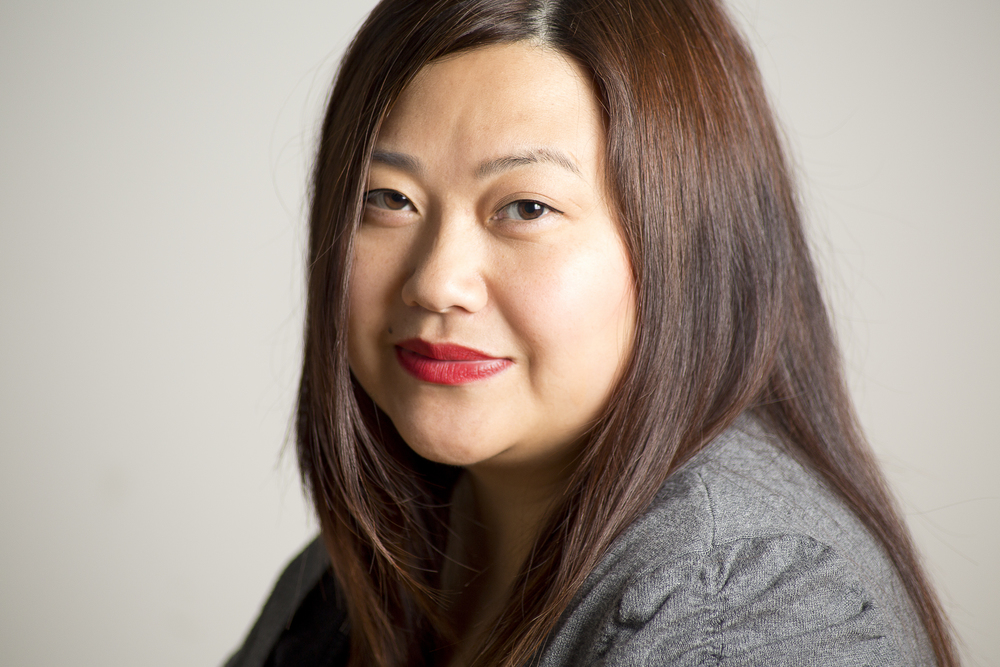Reimagining Pillsbury Hall
“There is no spot on earth I more prefer to be remembered than on this campus ... there is no factor that can do more for the state and the nation than the University, with its wide open doors ever welcoming all to enter. — John Sargent Pillsbury, 1900

“When I was a child, stories were a form of escapism from poverty and loneliness. Now stories have become a place to preserve culture and a medium for humanizing marginalized voices; they remain a place of joy. If stories keep history and ourselves alive, they need a home, too.”
—May Lee-Yang, MFA candidate
Considered the University’s first benefactor, John S. Pillsbury made a gift of $150,000 in 1889 to erect Pillsbury Hall. He said at the time, “All I ask is that this institution will be made one that this great state can be proud of... that this institution shall be kept for all time, broad in its scope, powerful in its influence.”
In the 130 years since, the iconic building has been home to animal biology, botany, geology, mineralogy, and paleontology, complete with lecture halls, recitation rooms, laboratories, and museum spaces. In the 1920s the entire basement of the building served as the student health service with a 27-bed capacity. Long considered one of the University’s architectural treasures, Pillsbury Hall stands as an enduring link to its 19th-century origins.
Today, we’re reimagining Pillsbury Hall as a 21st-century home for the Department of English, its top-ranked Creative Writing Program, and the innovative new Liberal Arts Engagement Hub. Nestled in the heart of the humanities district, Pillsbury Hall will become a place where campus and community partners collaborate on solutions to the most pressing issues of our time. When it reopens in 2021, Pillsbury Hall will provide students with classrooms and study spaces designed for how they learn today: wired, active, through practice, and in community.
